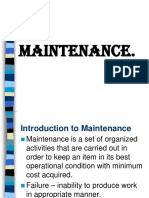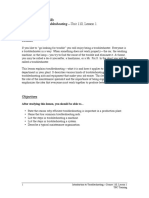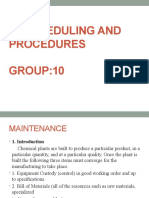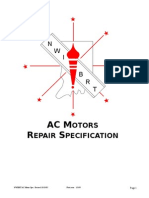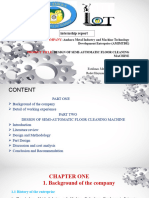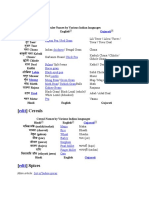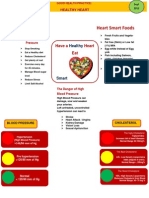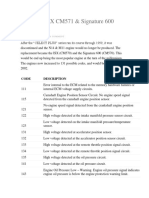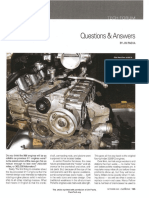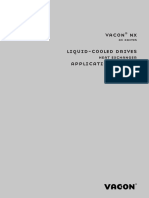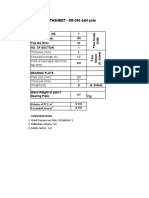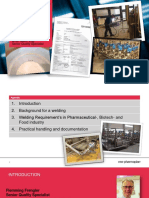0% found this document useful (0 votes)
117 views4 pagesFault Tracing Introduction
This document discusses fault tracing and troubleshooting of machinery. It covers planning and scheduling of maintenance, causes of machinery failures, fault symptoms and diagnosis. Specific examples are provided for troubleshooting pumps, engines and turbines. Faults are defined as unpermitted deviations, failures as interruptions in function, and malfunctions as intermittent irregularities. A matrix approach is described for diagnosing problems based on symptoms, and a medical analogy is provided comparing a troubleshooter to a physician identifying symptoms.
Uploaded by
jgkuchhadiyaCopyright
© © All Rights Reserved
We take content rights seriously. If you suspect this is your content, claim it here.
Available Formats
Download as PDF, TXT or read online on Scribd
0% found this document useful (0 votes)
117 views4 pagesFault Tracing Introduction
This document discusses fault tracing and troubleshooting of machinery. It covers planning and scheduling of maintenance, causes of machinery failures, fault symptoms and diagnosis. Specific examples are provided for troubleshooting pumps, engines and turbines. Faults are defined as unpermitted deviations, failures as interruptions in function, and malfunctions as intermittent irregularities. A matrix approach is described for diagnosing problems based on symptoms, and a medical analogy is provided comparing a troubleshooter to a physician identifying symptoms.
Uploaded by
jgkuchhadiyaCopyright
© © All Rights Reserved
We take content rights seriously. If you suspect this is your content, claim it here.
Available Formats
Download as PDF, TXT or read online on Scribd
/ 4

